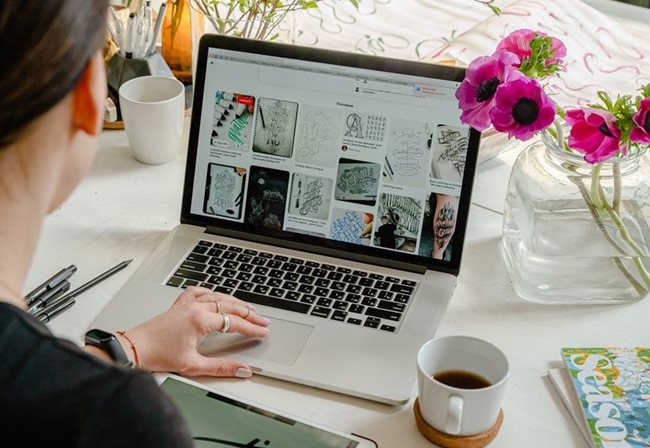
In a contemporary world driven by technology and digital solutions, these words may be closer to us than we think, especially if we accept there may be some truth in the view that the real world has been inspired by creativity.
While we easily accept the relationship between technology and innovation, the relationship between innovation, creativity and art may be more complex and difficult to grasp.
Paul Sloane, speaker, facilitator and author from Destination Innovation has simplified these concepts saying, “creativity is the capability or act of conceiving something original or unusual,” while “innovation is the implementation of something new.” Invention therefore, “is the creation of something that has never been made before and is recognised as the product of some unique insight.”
This is amplified by Brian Bergstein who, in an essay published in the MIT Technology Review entitled, The Underappreciated Ties Between Art and Innovation, observes that, “few people recognise that when they’re moved by a work of art, they’re moved by an artist’s ability to solve a problem that is often a long-standing, timeless one.”
It is easy to see how a new computer, tablet, or mobile phone is an act of innovation and invention. We are intuitively fascinated by how a device, that we are able to easily and effortlessly, hold in our hands simplifies our lives. We may even be awed that this device is solving a challenge of which we were not even consciously aware.
The creation of the devices, the software and the applications that we engage with on a daily basis, highlights these often ‘underappreciated ties between art and innovation.’
When we think of art, the mind conjures up paintings, furniture, architecture and other design products.
Art in a world of technology
However, art in a world in which technology is increasingly playing a role, has taken on more contemporary forms and means of creation.
Building applications (or apps), games, graphic design and animation, to name a few, are just as much a form of artistic creation as the paintings of the greats like Picasso, van Gogh, Michaelangelo or da Vinci. That one creates beautiful pictures or images, using the computer, is no less special that these paintings, nor is it any less a form of art.
The thinking that goes into creating and designing a mobile device, laptop or tablet that becomes an extension of your hand - and your life - is no less an artistic expression than the Sistine Chapel, the Eiffel Tower, the Taj Mahal, the pyramids of Giza or the Acropolis.
Together, what we refer to as the hardware (the devices) and the software (the applications and programmes) are often solving a problem, challenge or need that has been long standing. Therefore, these processes of design and creation that give rise to these products that have become indispensable to our lives, are quintessentially a form of art, as described by Brian Bergstein.
A significant difference between the art of the past, and the contemporary act of creation though, is that the creations of the past, while timeless and still revered, have not always been accessible to all but a few, and mainly those with financial resources.
The most unique quality of the “art” created for this contemporary, increasingly technology driven world, is its ability to reach and make life easier for millions of people. This art is helping to solve social and cultural issues that have co-existed with humanity for decades. It therefore has the ability, if used effectively, to co-create solutions that will make the world fairer, more equitable and more democratic.
And so, we return to the words of Oscar Wilde, “life imitates art far more than art imitates life.”
In a world where technology is increasingly the means through which we interface with each other and processes, I hasten to say that both of these are correct and applicable. As we co-create solutions and the tools to address long standing challenges, life does imitates art and indeed art imitates life.